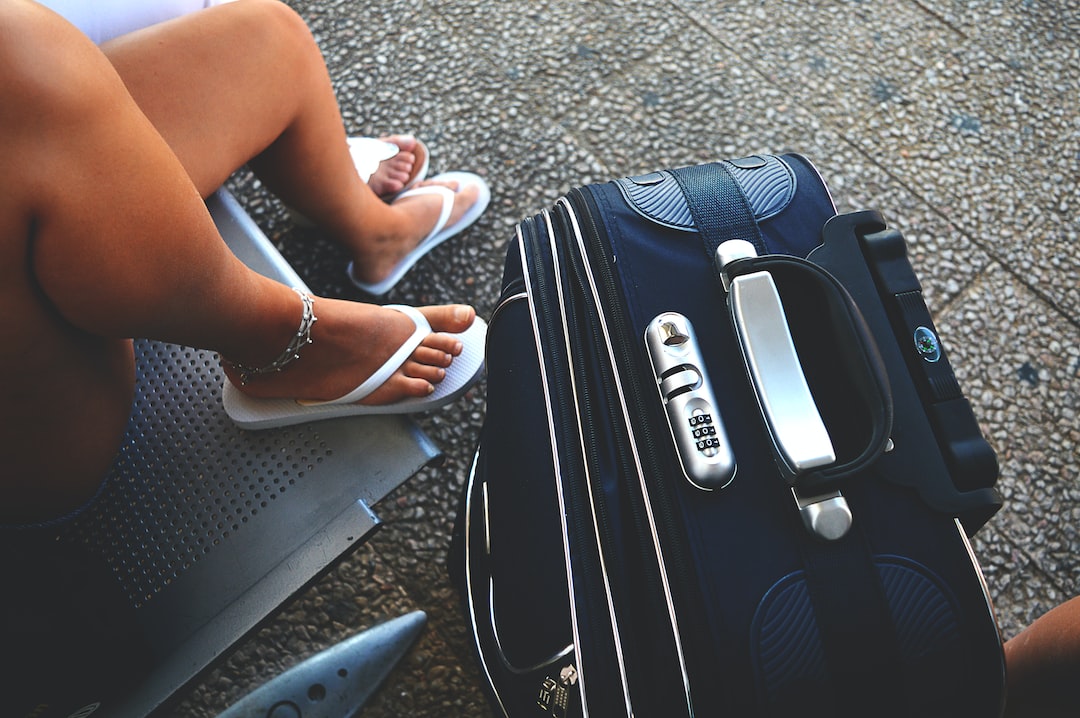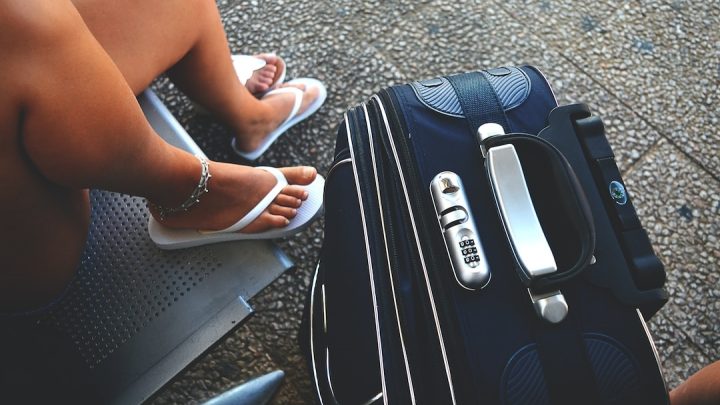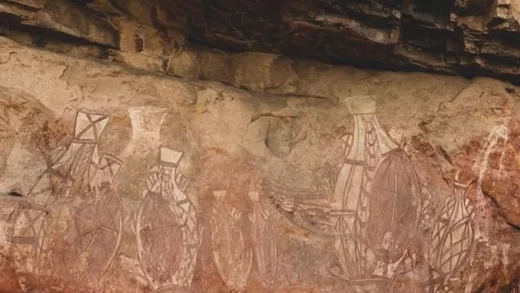Overview
Phillip Island, located in Victoria, Australia, is known for its diverse wildlife and beautiful landscapes. One of the iconic species found on the island is the koala, a beloved marsupial native to Australia. However, with habitat loss and other threats, the population of koalas on Phillip Island has been declining. In this article, we will explore the current status of koalas on Phillip Island.
Historical population
Phillip Island has long been a haven for koalas. However, due to urbanization and deforestation, the number of koalas has significantly decreased over the years. It is estimated that in the early 20th century, there were around 10,000 koalas living on the island.
Conservation efforts
Recognizing the importance of preserving this iconic species, various conservation organizations and authorities have implemented measures to protect and restore the koala population on Phillip Island. These efforts include reforestation projects, creating wildlife corridors, and raising awareness about the threats to koalas.
Koala Conservation Centre
The Koala Conservation Centre on Phillip Island plays a crucial role in the conservation of koalas. It serves as a hub for research, education, and rehabilitation programs. Visitors can learn about the behavior and habitat of koalas while supporting the conservation efforts through their visit.
Current population

Despite the conservation efforts, the current population of koalas on Phillip Island is estimated to be around 1,500 individuals. This number is significantly lower than the historical population, indicating the challenges faced by these animals.
Threats to koalas
Several factors contribute to the decline of koalas on Phillip Island. The loss of habitat due to urban development and deforestation is a significant threat. Increased road traffic and domestic pet attacks also pose risks to koalas. Additionally, diseases such as chlamydia and bushfires further impact the population.
Future prospects
While the current population of koalas on Phillip Island is concerning, the conservation efforts give hope for their future. Ongoing initiatives to protect and restore their habitat, along with awareness campaigns, aim to reverse the decline and ensure the long-term survival of koalas on the island.
In conclusion, the population of koalas on Phillip Island has significantly declined over the years. However, proactive conservation efforts and the presence of the Koala Conservation Centre provide hope for their survival. By addressing the threats and raising awareness, we can contribute to the preservation of these unique and beloved creatures.



